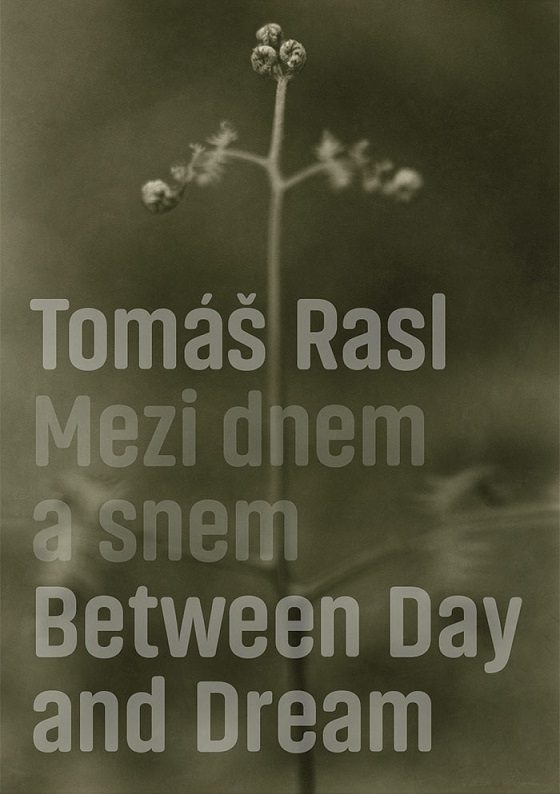Tomáš Rasl
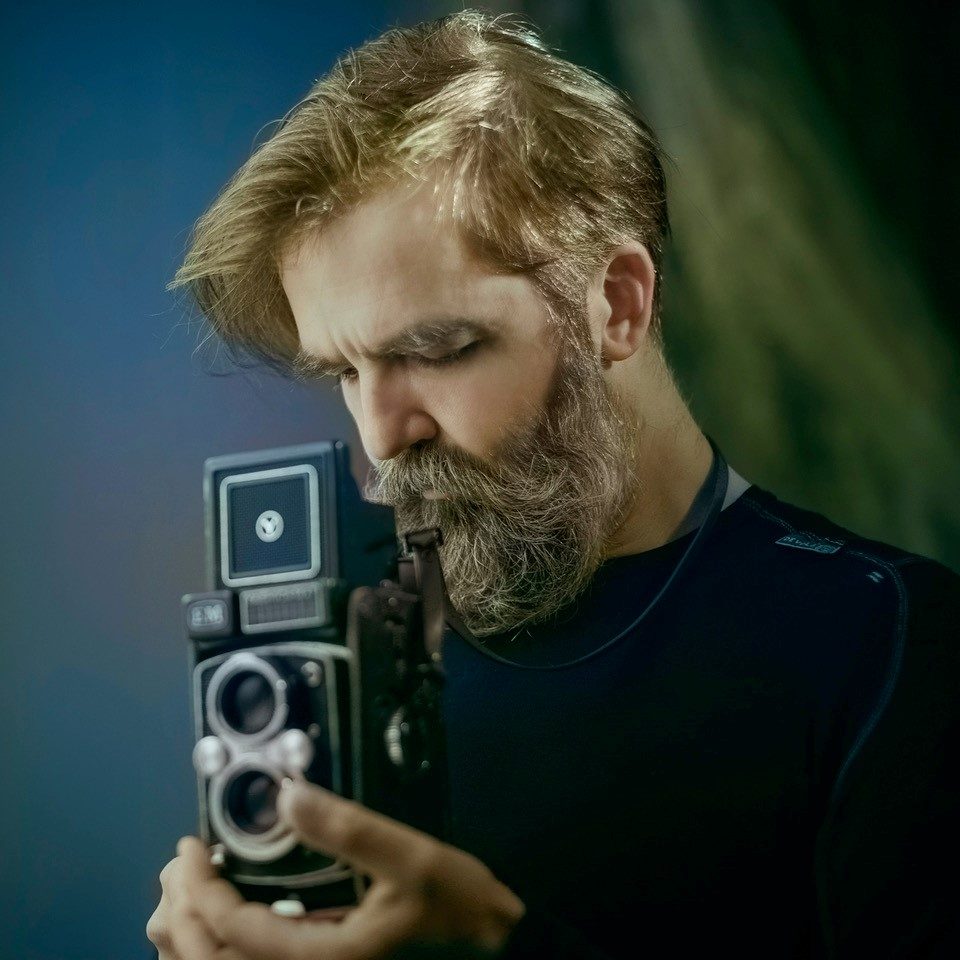
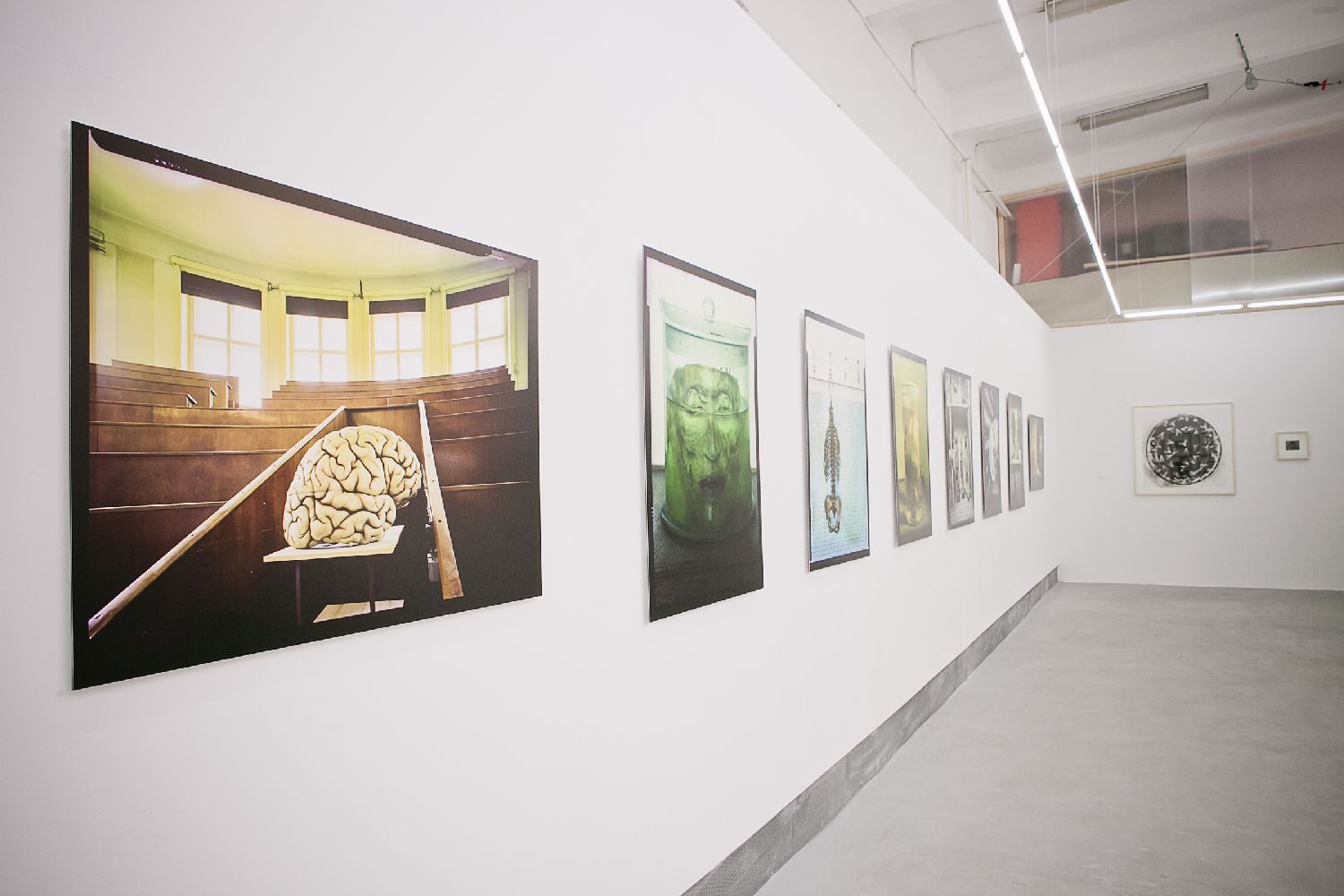
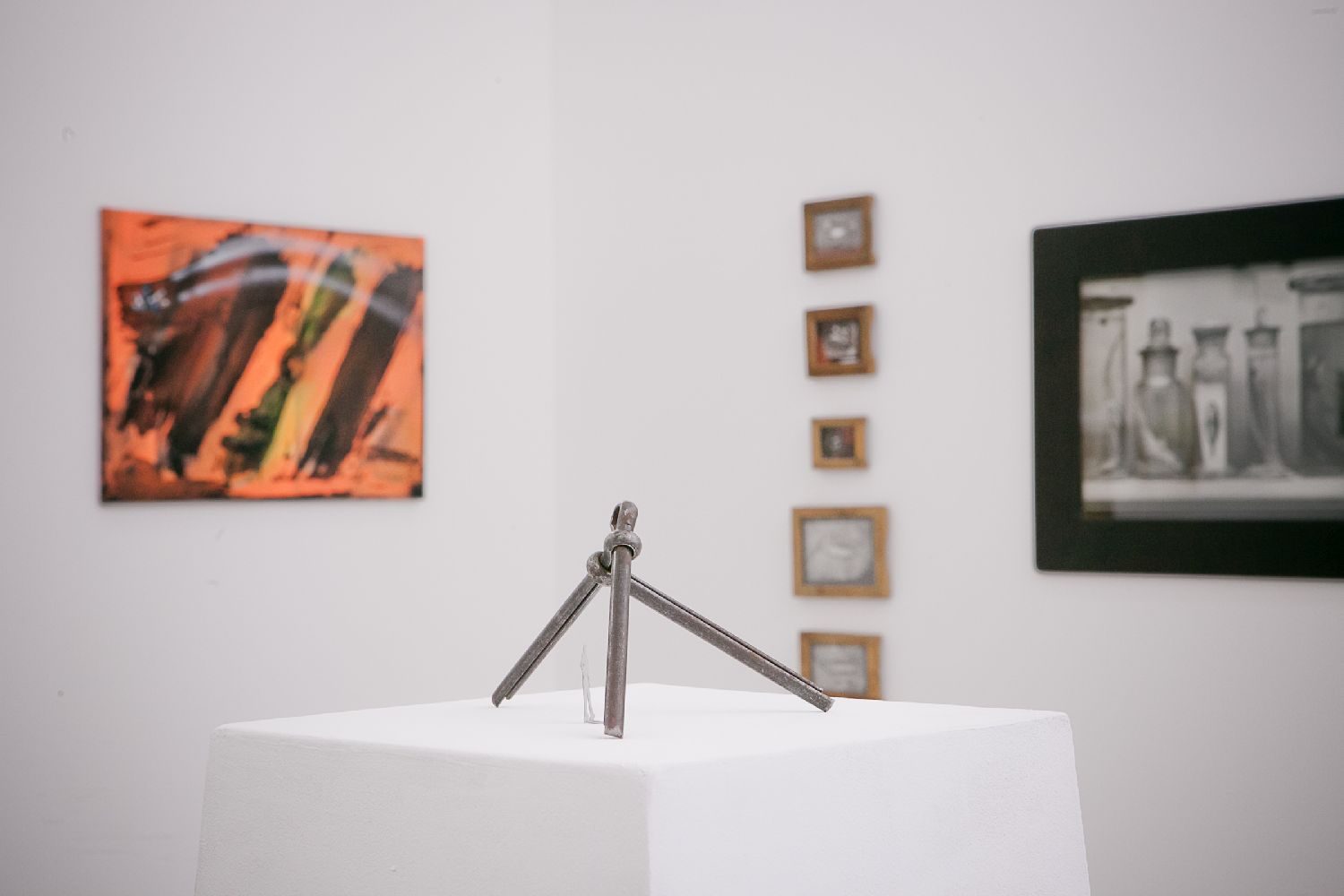
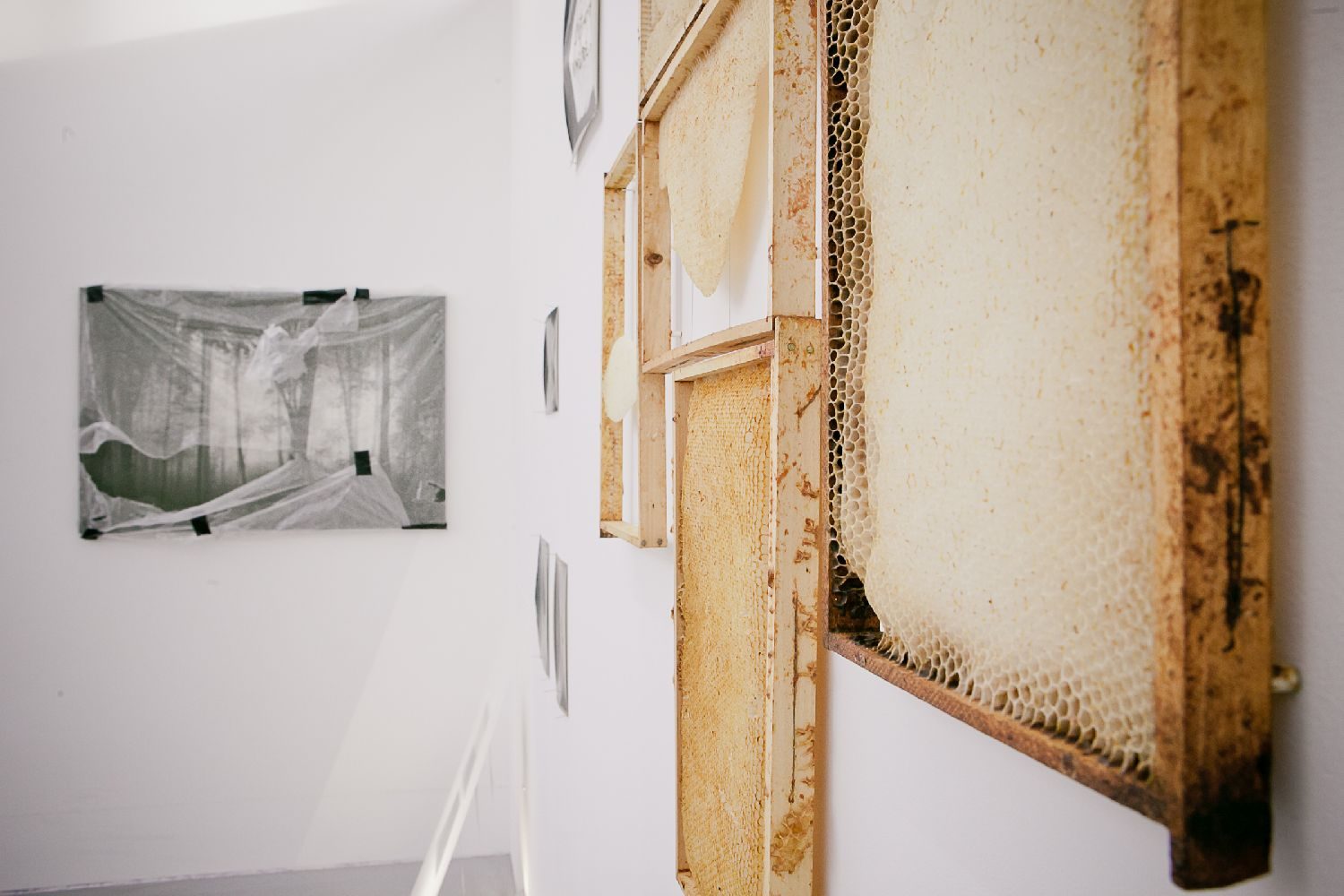
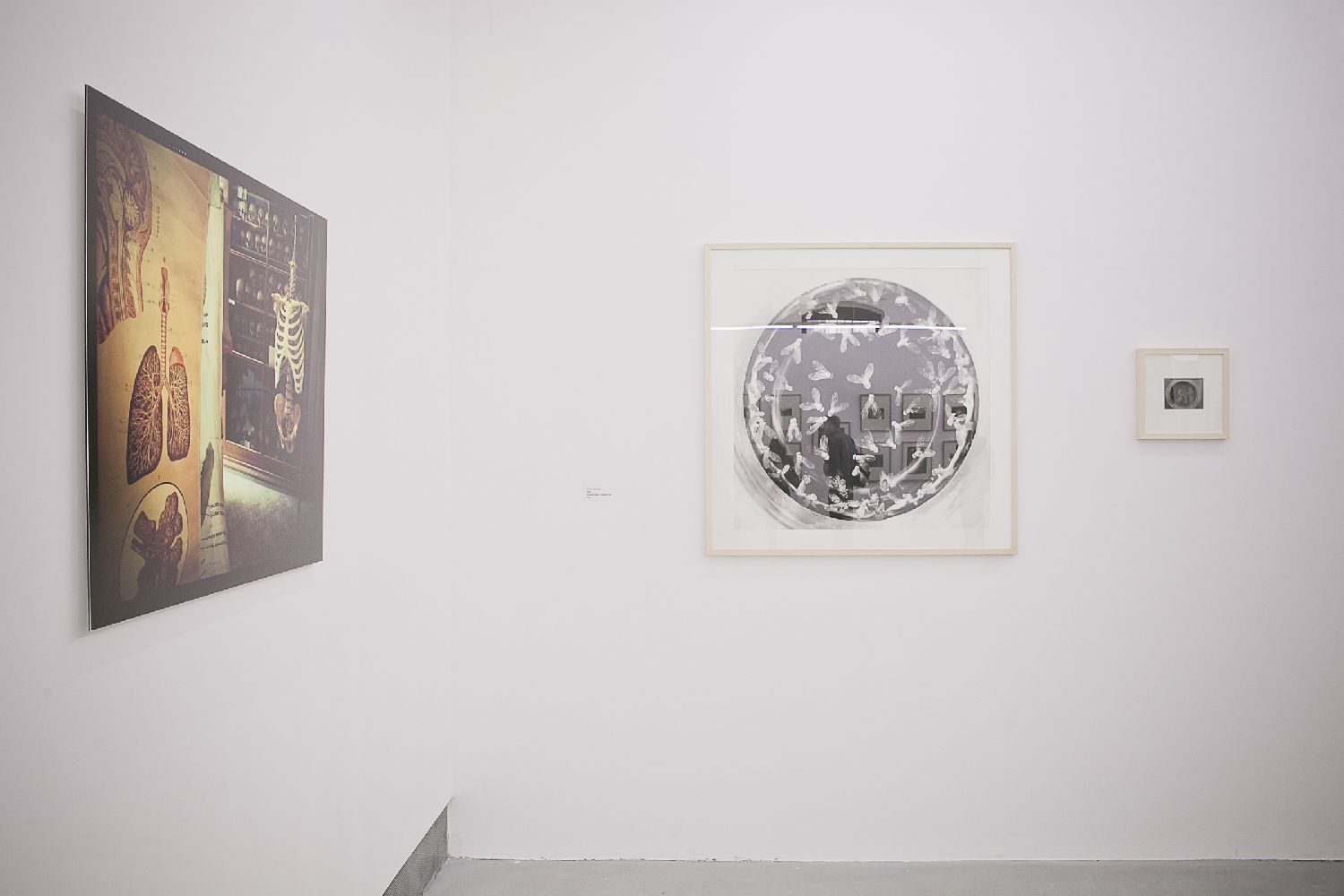
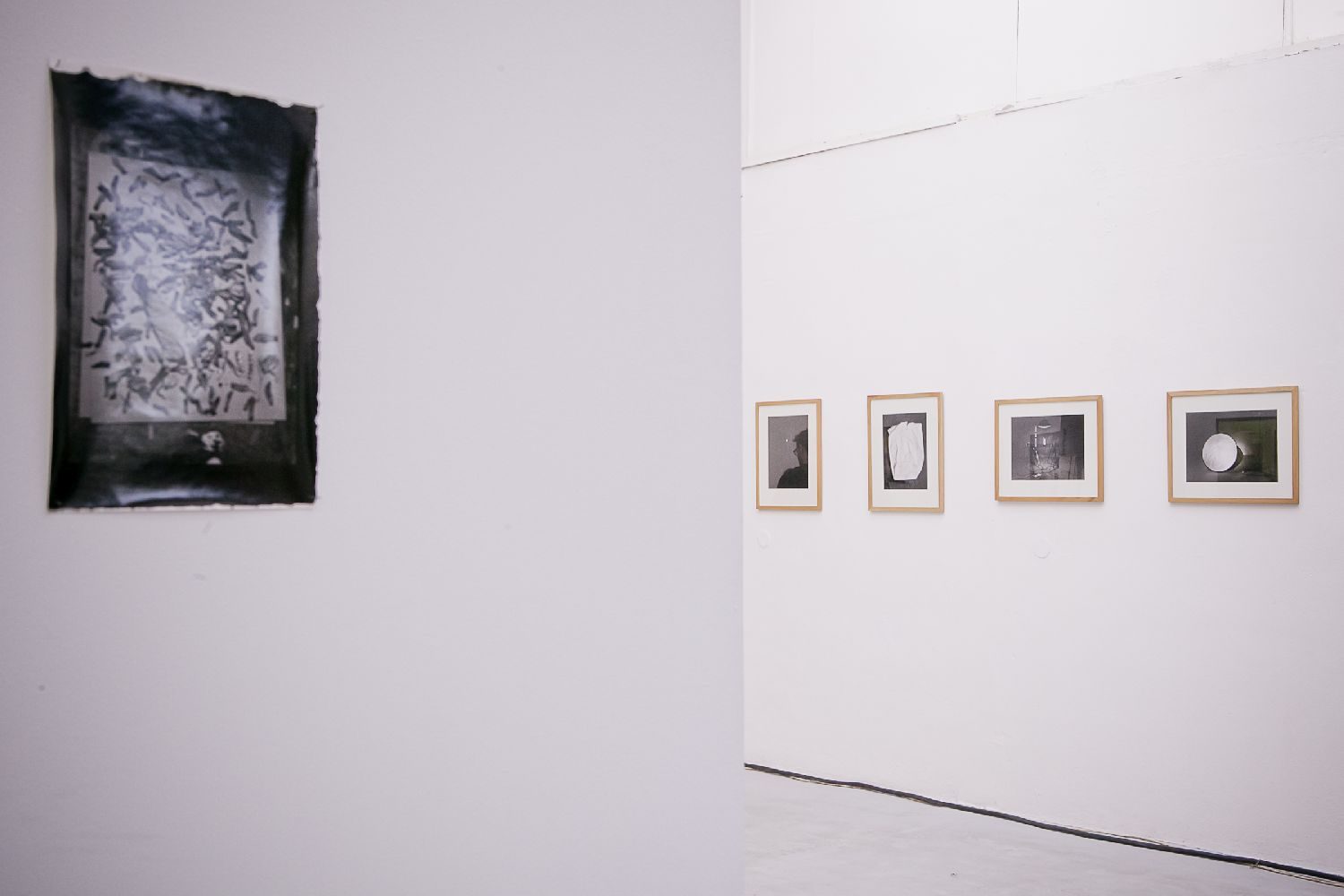
The exhibition Between Day and Dream presents a selection of the works of photographer Tomáš Rasl (1975) over the past two decades. Tomáš Rasl had his first solo exhibition back in 2000, i.e. while still studying at FAMU in Prague. At that time, he photographed on large formats and studied old and often little-used technological procedures. In his case, this interest is continuous and the exhibition will present various methods and techniques. In addition to these aspects, however, Rasl also pays attention to the content side of his works. Tomáš Rasl often works in cycles that gradually develop and transform. His photographic vision is poetic, which is reinforced by the poetic titles of works and cycles.
Tomáš Rasl works in some kind of free cycles, series that are created over the course of many years and in fact are constantly growing and remain open to further experiments and possibilities. In a number of cases, one photograph exists in different variants, is developed in a different way, and thus completely autonomous and separate works are created. Lately, the author has been dealing with the technique of bromoil printing, in which original one-piece noble prints are created using oil printing ink. For Rasla, the landscape, which he understands and sees through the eyes of a pilgrim and a sensitive observer, is a very important topic. The photographs from the series Proud and Desolate Places often represent seemingly ordinary and at first glance banal shots, branches, withered grass or an overgrown road. However, the feeling of ordinariness is confusing, with a careful look, the viewer enters another, hidden world of mysterious poetics, which reveals stories of essential strength, cruelty and love. Rasla's landscapes are silent witnesses of long-forgotten events, surviving only in inconspicuous symbols, in easily overlooked details, in their dreamy atmosphere of timelessness.
In addition to landscapes, Rasl has long been devoted to interior still lifes, which form the free Atelier cycle. As much as he works with thoughtful and detailed composition and light, he is often enchanted by a random situation that arose without any clear artistic concept. Thanks to his ability to see, he is also fascinated by visual situations that we normally overlook and in which we would not look for some hidden beauty. A mess of wires, a box full of old nails, and used baking papers become some kind of heroes against their will in Ras's photographs, turning from unnecessary waste into highly aesthetic objects that confuse and enchant the viewer at the same time.
The third prominent cycle that appears in the exhibition and in the book is the series with the poetic title On the physical soul of man. For many viewers, it may be surprising with its depiction of human remains. In landscapes and still lifes, Rasl works marginally with the human element, even though we know that a person also walked through the landscape or that the nails were held by a human hand. The photographs from this series were created at the Prague Anatomical Institute, which is primarily an academic and research environment. The artistic processing of human torsos and limbs is traditionally viewed with skepticism and reserve in this environment. Working artistically with similar themes requires a deep understanding of the ethical environment. Pieta for remains has a deep tradition in our cultural tradition, but it is also a setting in which the human body has been examined and dissected with clear scientific intent since the Renaissance. The first autopsy in Prague was performed in 1600 by the famous doctor Jan Jesenský. Science then developed in close proximity to art, the boundaries were not as sharply defined as today. In recent centuries, the human body, including its "inside", has been the subject of many works of art. In this sense, Rasl's interest is also a completely natural reflection of some historical works, but also the work of contemporaries, from Sally Mann to Joel Peter Witkin to Jeffrey Silverthorne and many others. Although most of the photographs in this series were taken at the turn of the millennium, its presentation is completely new. For the first time, Rasl is presenting these color photographs, printed on baryta paper, adjusted on dubond plates, at the exhibition. In other, smaller formats, these works have appeared before in black and white. New formats and a different printing technique show the entire cycle in new contexts, and the difference of this series from Rasl's other works stands out all the more - a difference not in the understanding of photography as such, but in specific thematization.
New motifs enter Rasla's photographs only gradually, each new idea is subjected to a long examination. It cannot be assumed that Tomáš Rasl would change in any fundamental way artistically in the following works; after all, he has no reason to. His current concept of photography is free and open, and he will continue to focus on fundamental themes. It is no coincidence that these are free cycles that are so constantly open to new possibilities and experiments.
